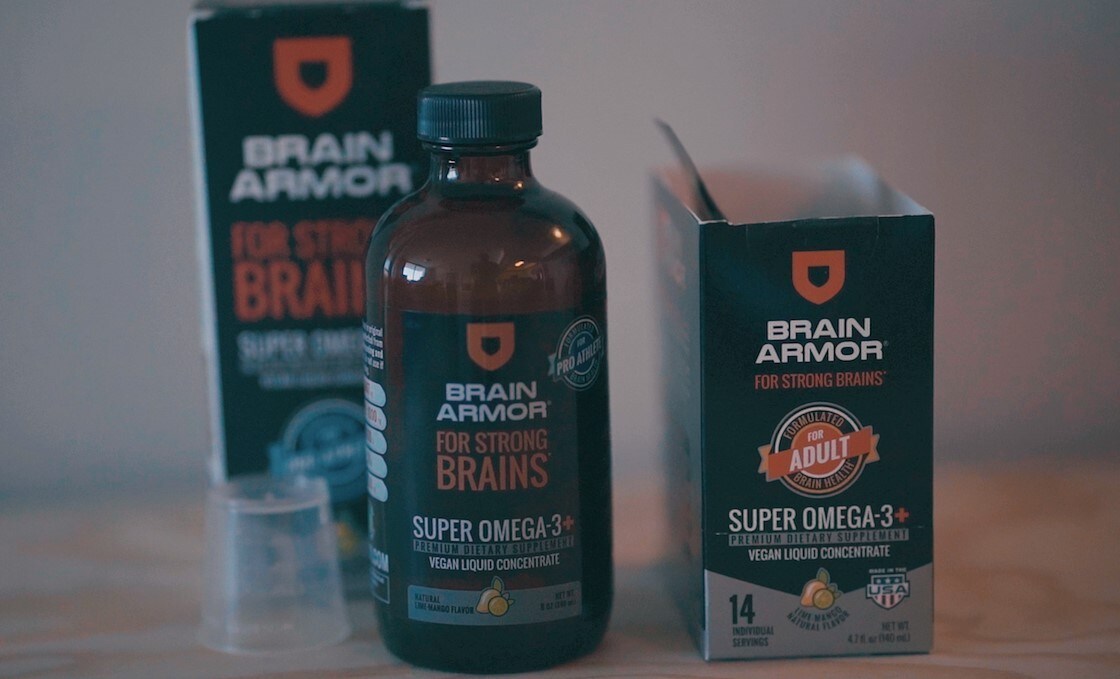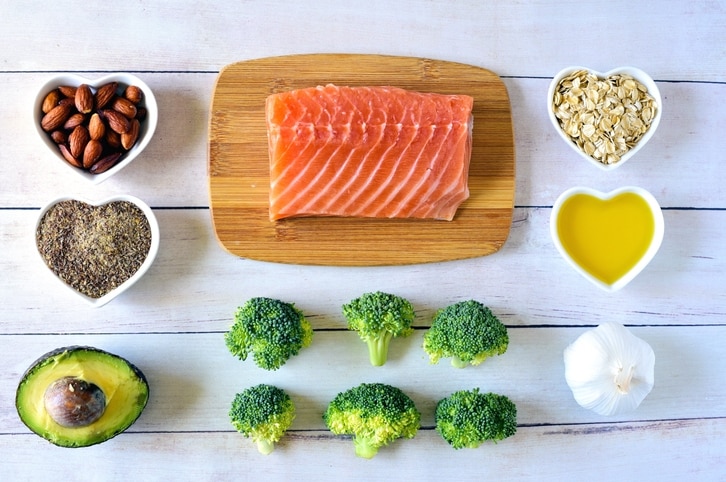
3 Truths About Blue Light and Eye Health
What do blue light, the sun, and your diet including DHA have in common? Your eyes. That's right! Blue light, the sun, and healthy fats all influence the health of your eyes. Learn three truths about blue light and eye health. Read More




